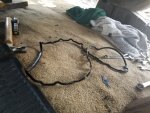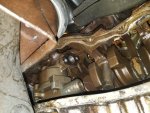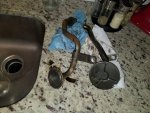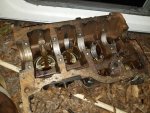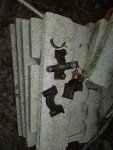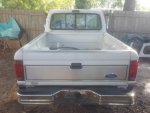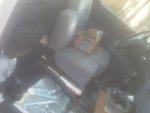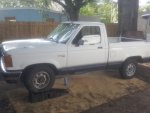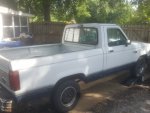Johnnyboiranger22
Member
- Joined
- Nov 1, 2017
- Messages
- 226
- Reaction score
- 9
- Points
- 18
- Age
- 28
- Location
- St Petersburg, FL
- Vehicle Year
- 1991
- Make / Model
- Ford
- Engine Type
- 2.3 (4 Cylinder)
- Engine Size
- 2.3
- Transmission
- Automatic
- 2WD / 4WD
- 2WD
- Tire Size
- 215/75/14
As you guys can tell from my other recent posts i was diagnosing a oil pressure needs fluctuating concern, long story short i got the oil pan off and i took the oil pick up tube and screen off and this is what i found there was bits and pieces of old sealant in it but not much(would this little bit of blockage cause that?, but oddly it looks like a new oil pump and tube was put on before i took owner ship of this ranger 2.3 1991 next to pickup tube is one I took off and 2.5 ranger just to compare. I took some pictures to have you guys take a look. My next question is should i just clean tube out or replace and should i replace oil pump? what else could cause the needle to fluctuate, bad wiring?
Attachments
-
230.8 KB Views: 149
-
228.2 KB Views: 148
-
216.7 KB Views: 146

